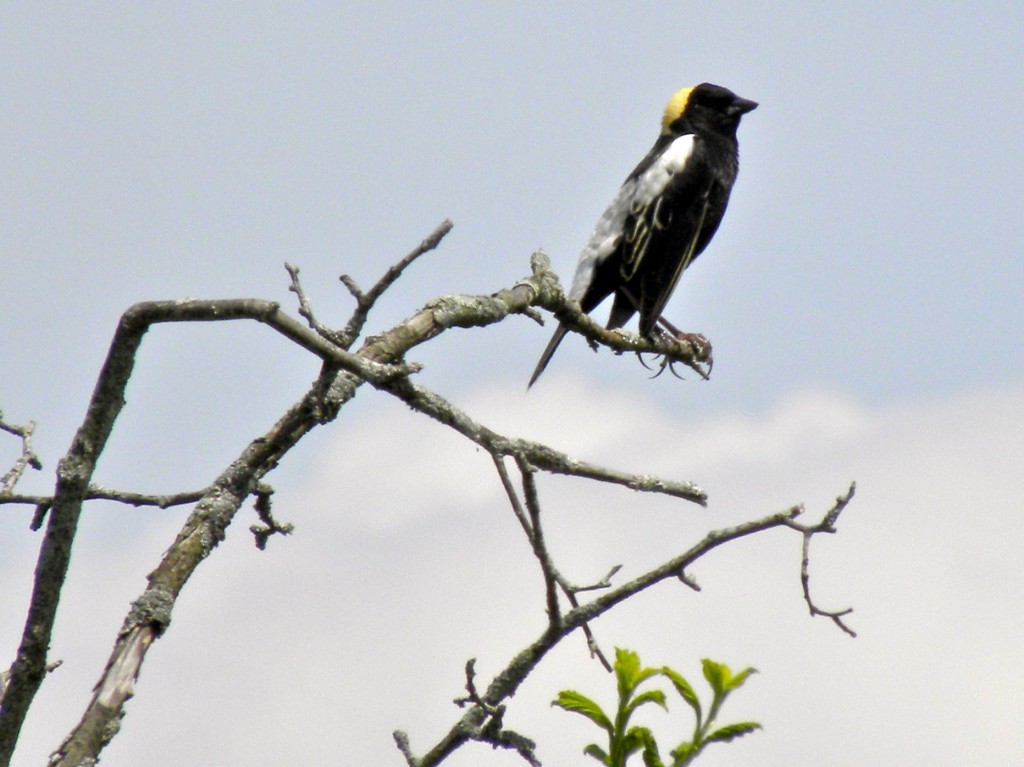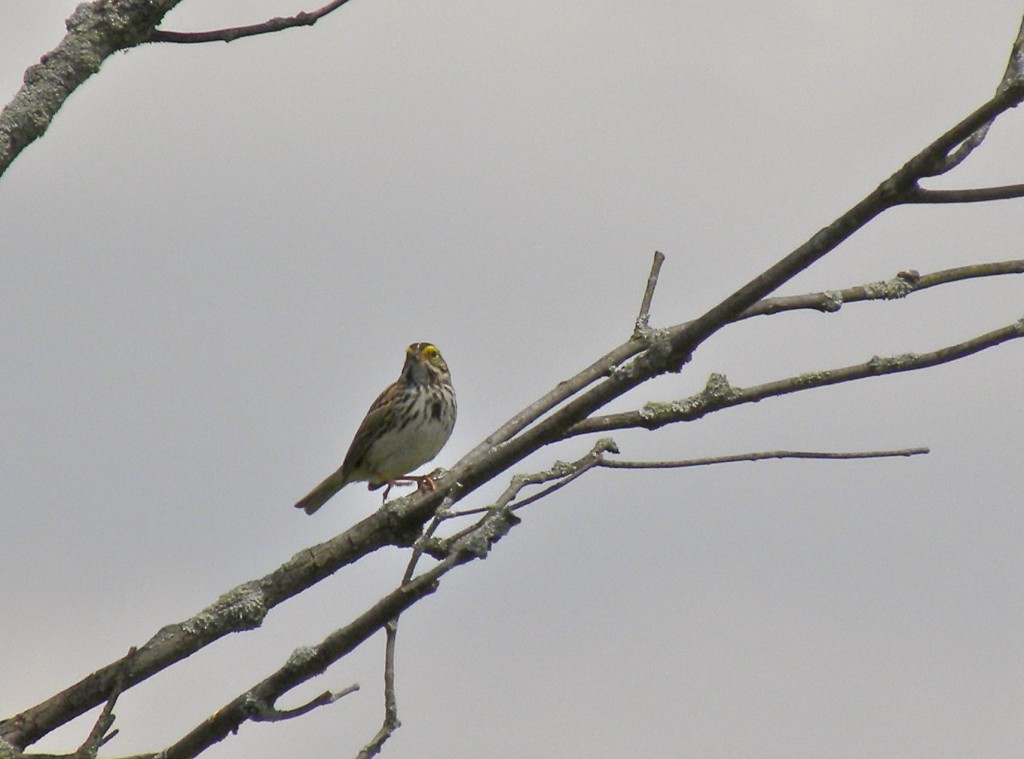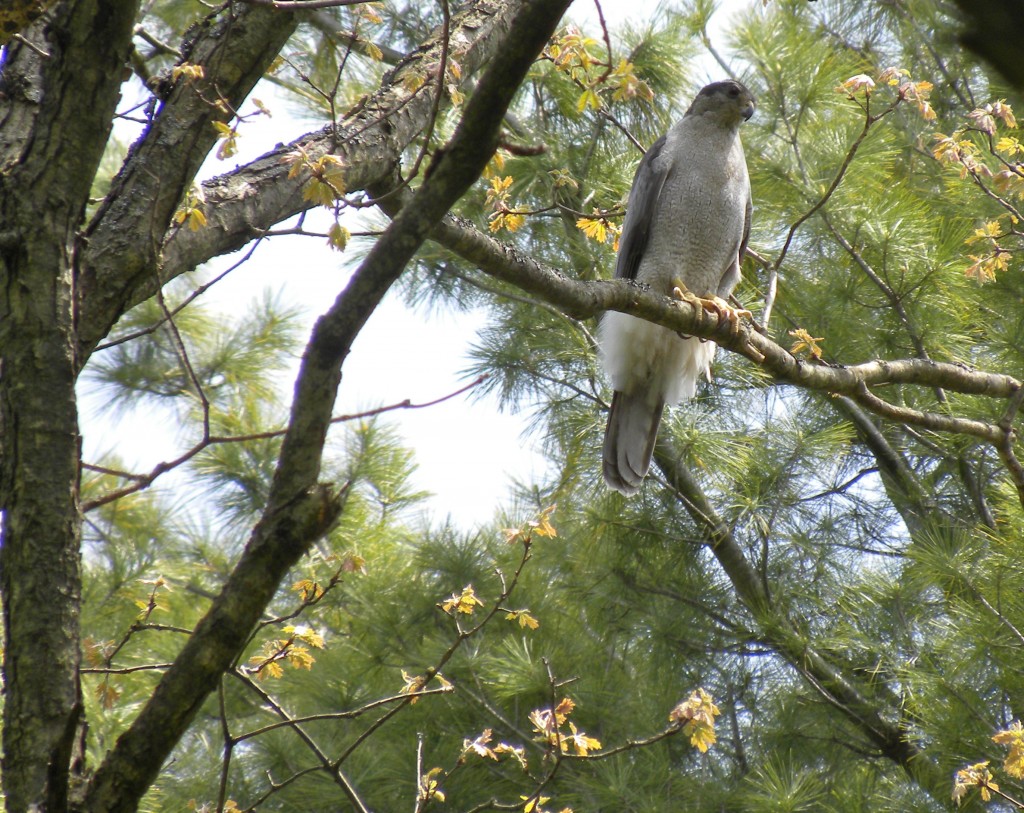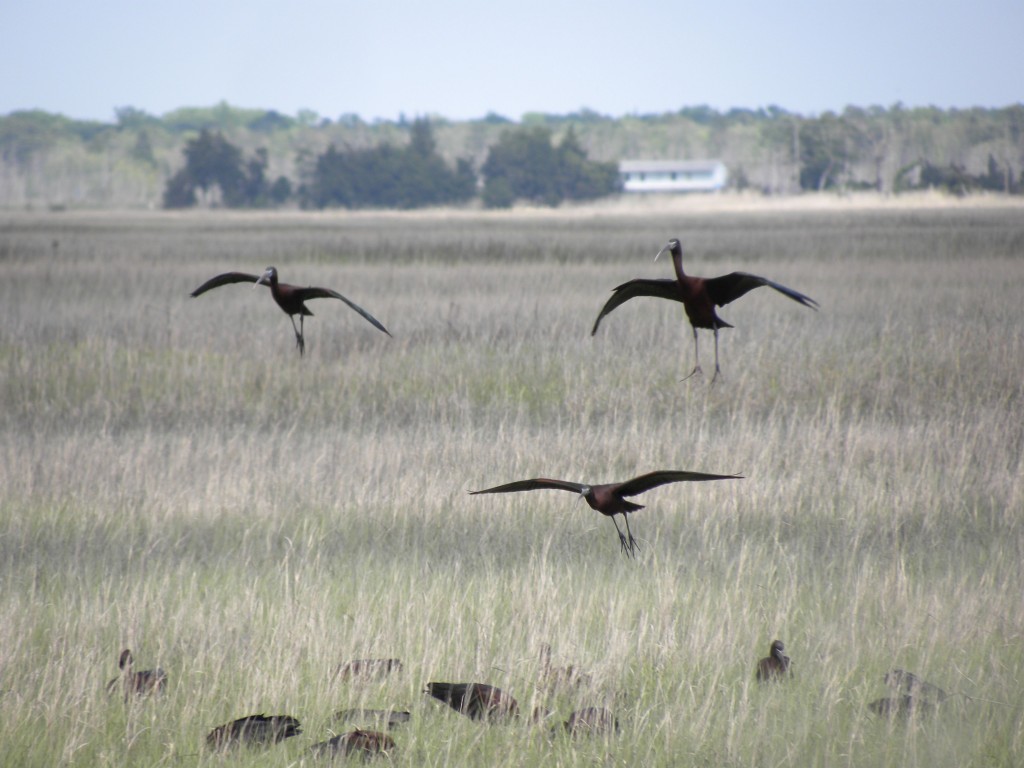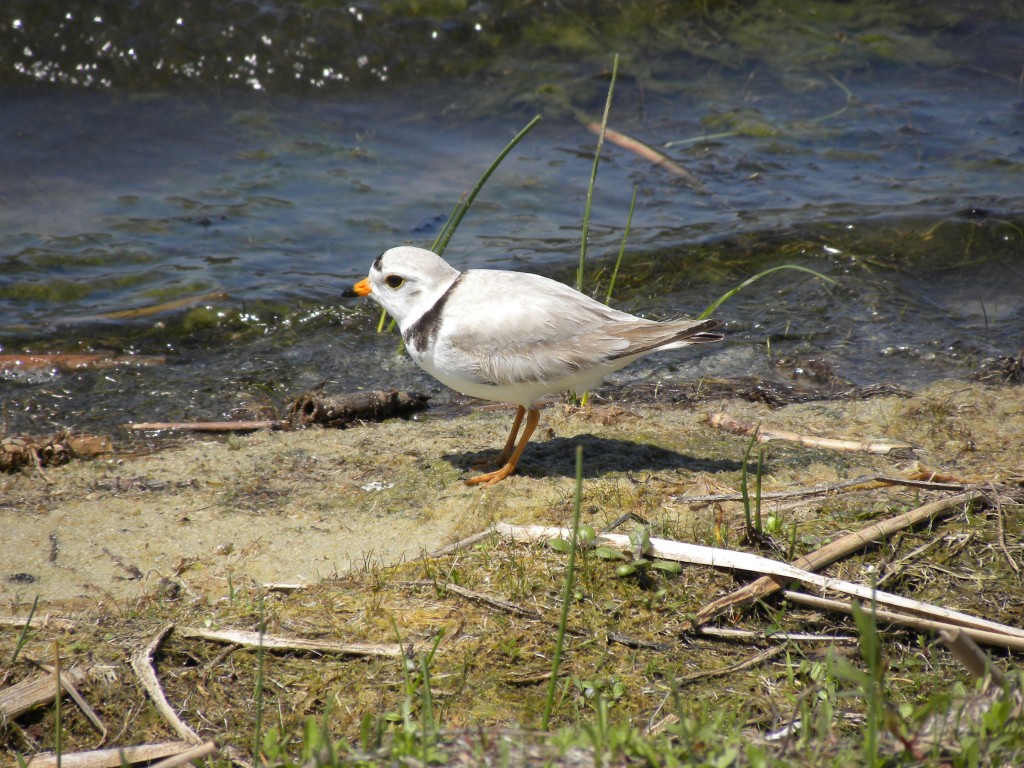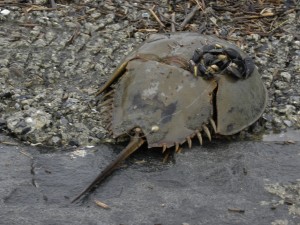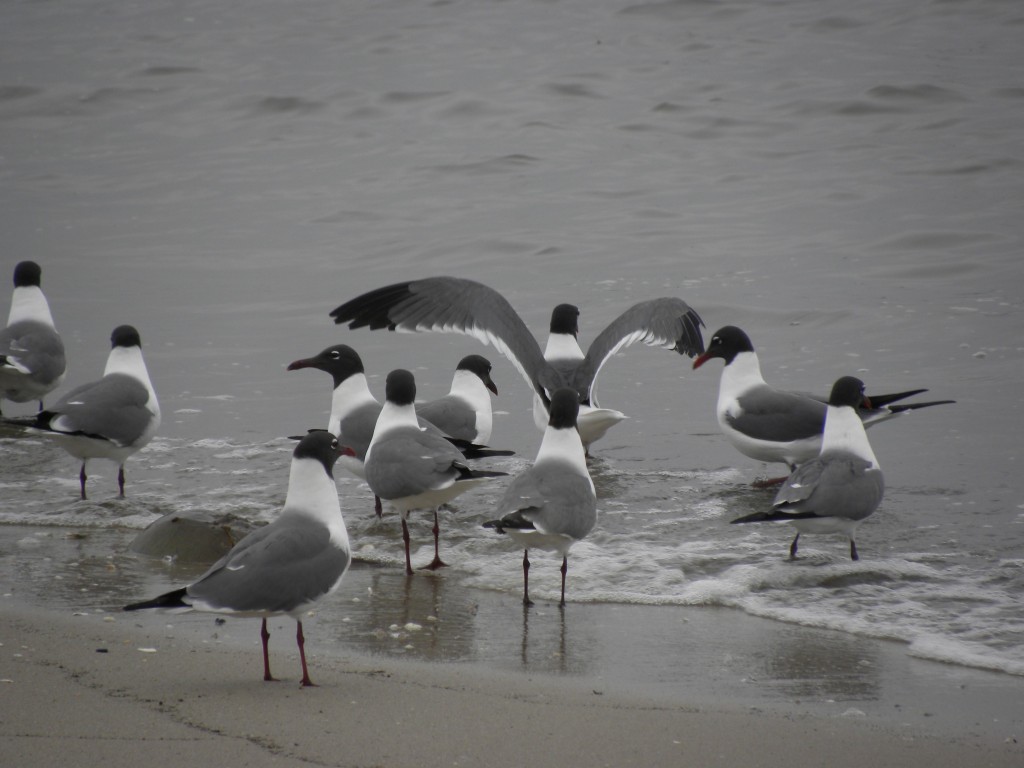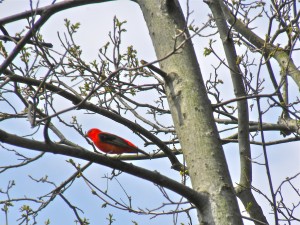May 14 2012. The frenzy of May is at, or just past, its peak. The hordes of birds are settling into their breeding territories, some returning to the precise spot where they nested last year, others staking out new suitable territory. Many of the sensational birds we’ve been seeing of late still have a long way to go, they’re just passing through; but others are ready to get started on breeding.
After completing the daily census at the bird observatory, a rewarding but somewhat quieter day, I went looking for Upland Sandpipers and Bobolink. I parked by a country graveyard along a rough dirt road and walked for a mile or so between large uncut fields of grass. An intermittent hedge of hawthorn and wild plum flanked the road. No Upland Sandpipers, but the fields were busy with dozens of male Bobolinks claiming their piece of turf, fluttering from spot to spot and calling liquidly as they flew: “ bu-alinka-linka-link-ink“.
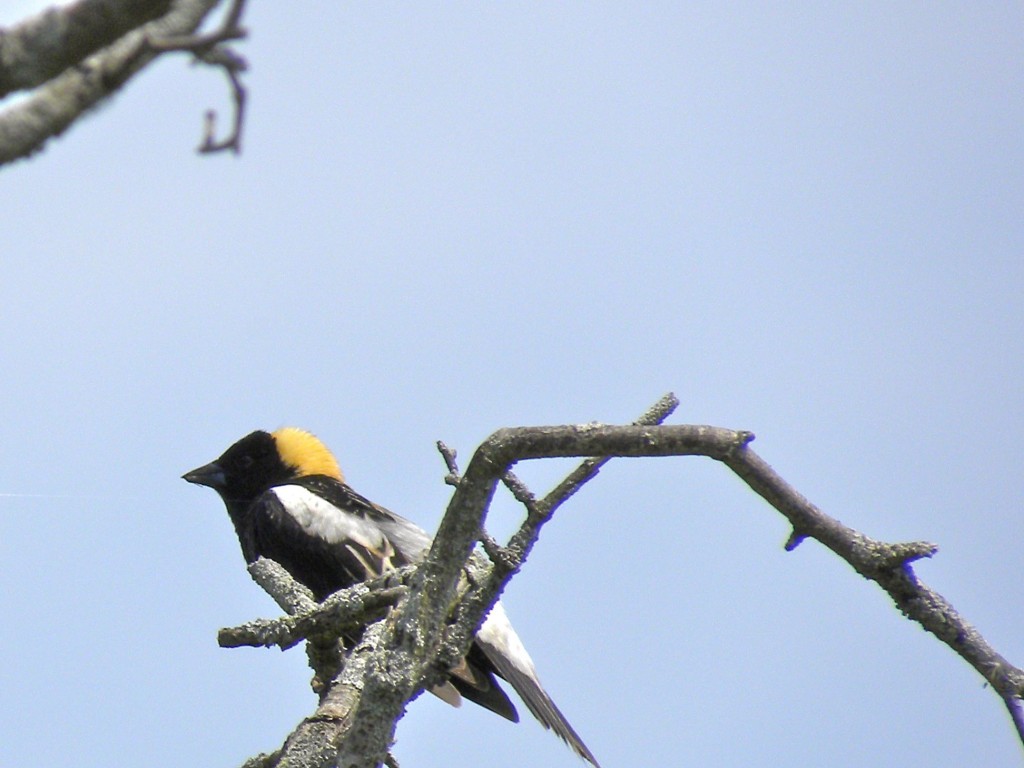
Several landed on branches along the hedgerow and watched over their domain for a few moments before fluttering away. Savannah Sparrows were playing the same game too, their call is less musical: “Tsit tsit tsit tsit seeeeee” but just as evocative of summer grasslands. The Bobolink was my Bird of the Day for starting the next and quieter chapter in this birder’s year. Here they are, the birds of summer.
